
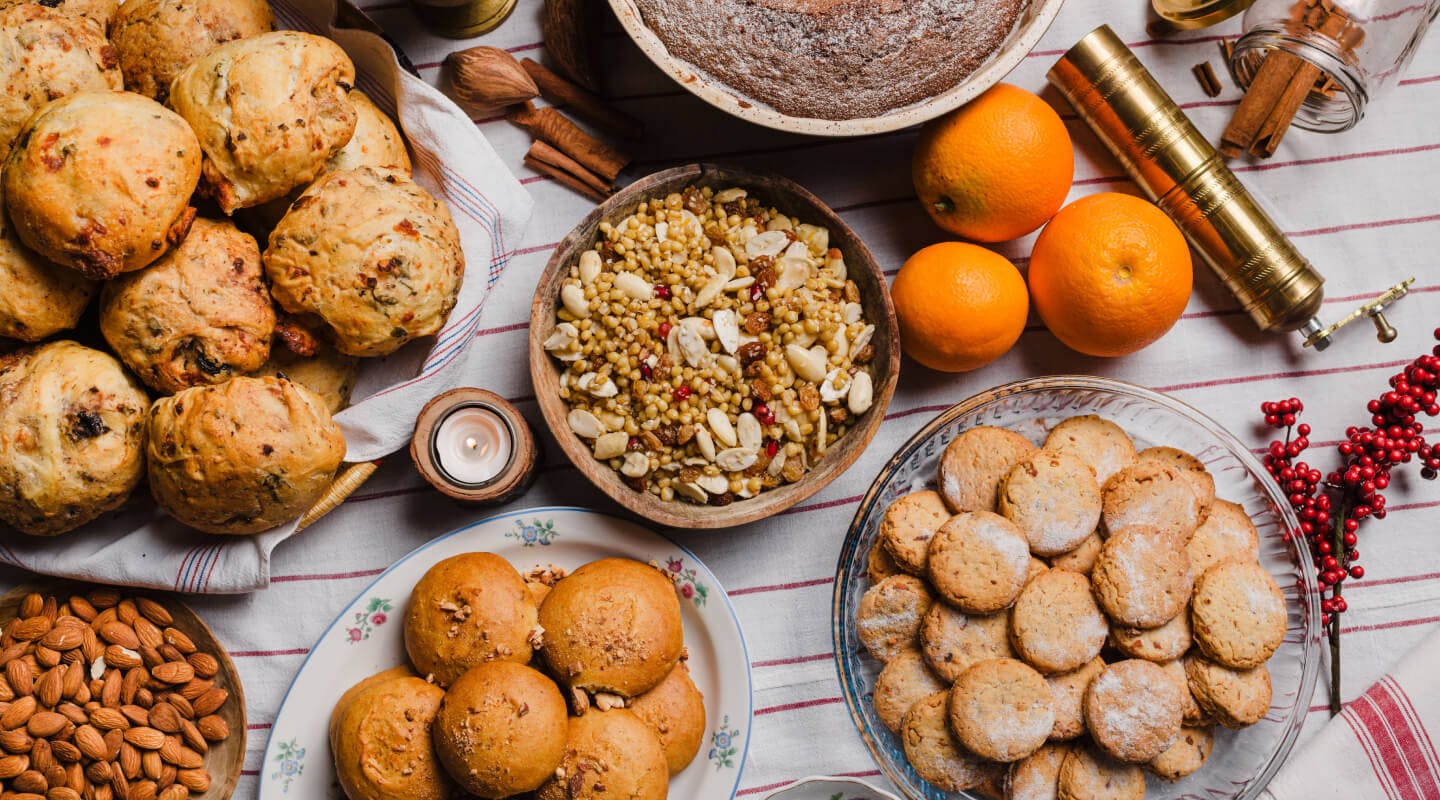
Culture
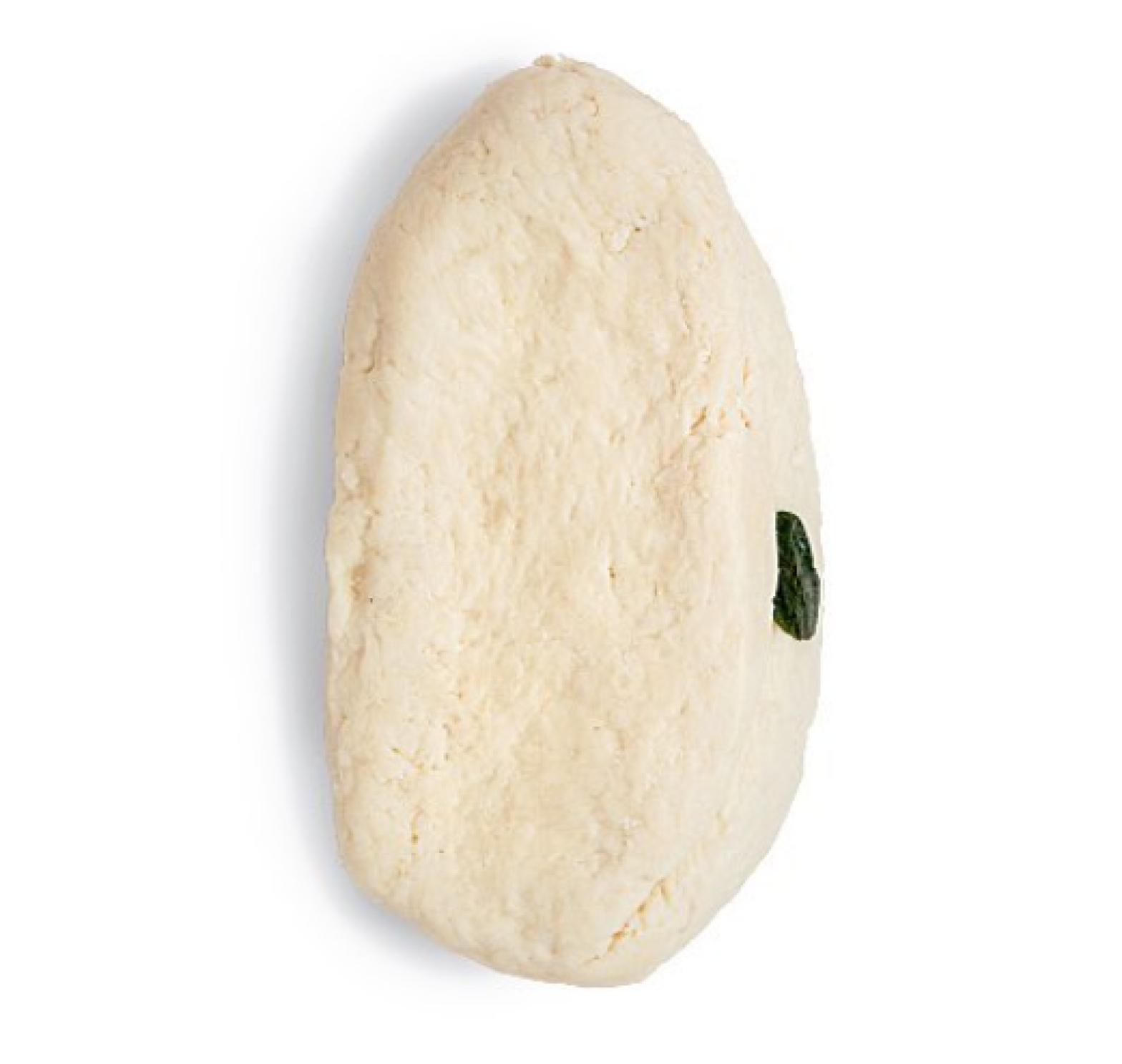
Halloumi
Halloumi, our pride in the world, is known as χαλλούμι (xal 'umi) in the Greek language and xallúm in the Cypriot Maronite language , the name "Halloumi Cheese" is an erroneous discourse that was later derived.
The production and methods of making halloumi in Cyprus date back to the Byzantine Period. The oldest ever recorded halloumi recipe was written by Italian visitors in the 16th century.
The recipe of Halloumi, which is used by Cypriot farmers and planters as the main source of protein, shows small differences between villages and regions, while traditionally accepted halloumi is made from sheep and goat milk. With the increase in the population and demand over the years, production began with cow's milk.
The origin of Halloumi, which has been accepted as a protected Cypriot product in the United States since 1990, is still a matter of debate in the European Union.

Cyprus Doors
These gates, which have seen and adopted the island of Cyprus as a home from the past to the present, have been adopted by the immigrant communities of Venice, Lusignan, Armenian, British, Greek, Ottoman, Maronite, Turkish and many other countries with admiration, have witnessed many stories, memories, joy and sadness.
Doors are of great importance in Cypriot architecture due to their unique structure. The motifs, colors, mallets and details showing the power of the homeowners on it, the stories that exist accordingly, have made the doors a rich part of the cultural heritage.
Today, you can come across this architectural feast a lot, especially when visiting the Nicosia walls and the streets of Alsancak (Karavas).
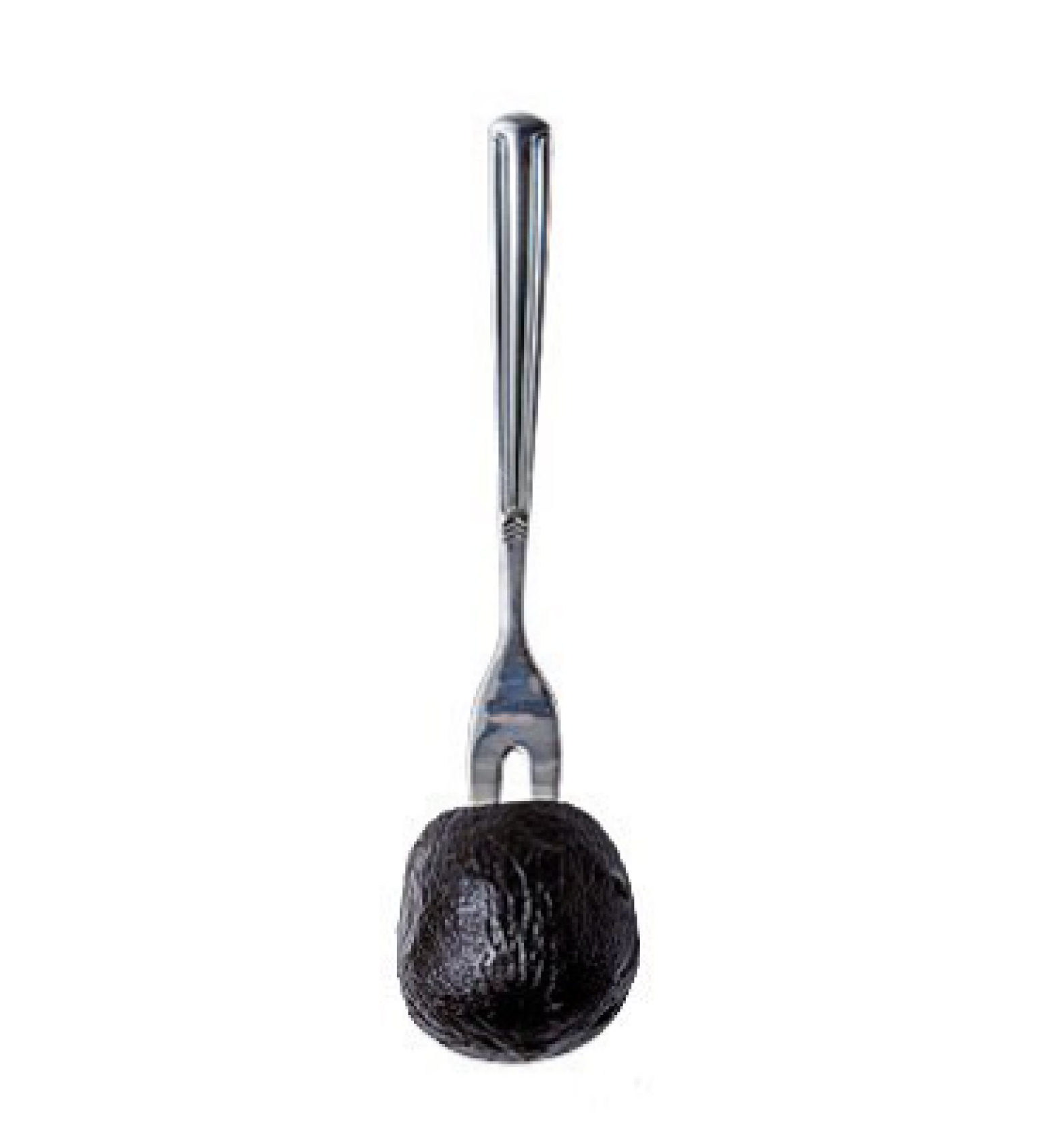
Walnut Preserve
It is the paste of fresh walnut fruit in its simplest definition, served with two toothed forks and a glass of water. But this traditional journey from picking fresh walnuts from the tree to the paste jar consists of various kinds of labor.
After being picked from the trees, the walnuts are hard and take a long time to sort out. In the past, women in villages used to come together and do this sorting process by socializing with each other. Dozens of walnuts would be sorted and black marks would be left on the hands, as some would serve their guests, some their families, and some their wives and friends during the feast.
It is kept in lime water to be changed every day for twenty days; then it is thrown into boiled water until the walnuts are softened and then strained and cooked again. Finally, sugar, water and clove are boiled together with the liquid made by boiling and rested in jars after cooling.
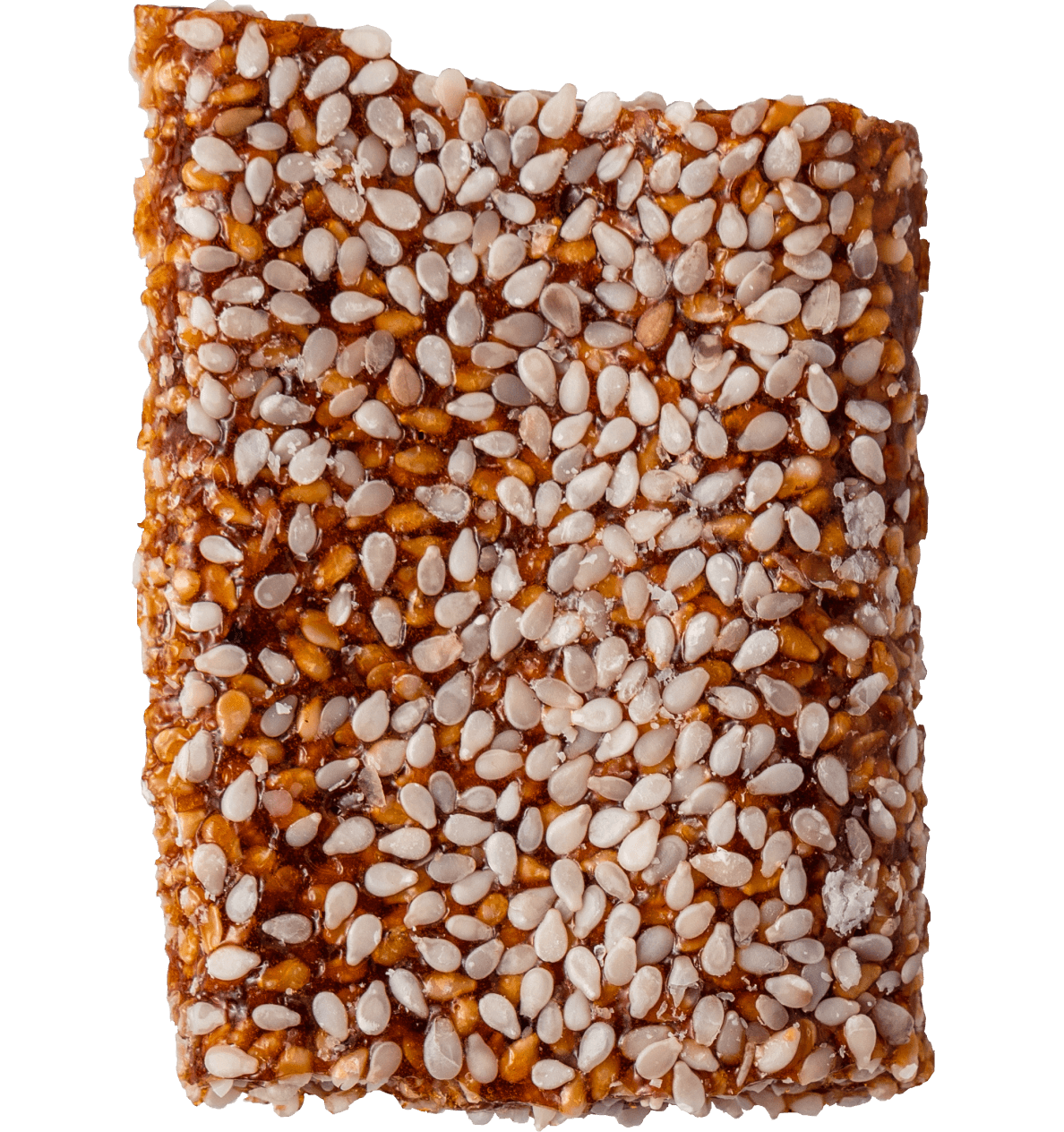
Pastelli
It is a nutritious, local dessert made with blended molasses of Cyprus. The word"pastel" is said to be derived from the French word for pastel. Pastelli, which hardened and became slightly sticky after the carob molasses are boiled for a long time, was made without using sesame in its old traditional recipe. Sesame was added to the outer surface over the years.
Today, it continues to be produced in traditional sesame-free form in the villages in the Limassol region.
The carob tree is one of the local plants that has been growing abundantly on the island for centuries. Pastelli is made as a result of a long and laborious process by digesting the caramel extracted from the bark of this tree and turning it into molasses. Since caramel does not take shape in hot weather, this process can be done from the beginning of September to the middle of May.
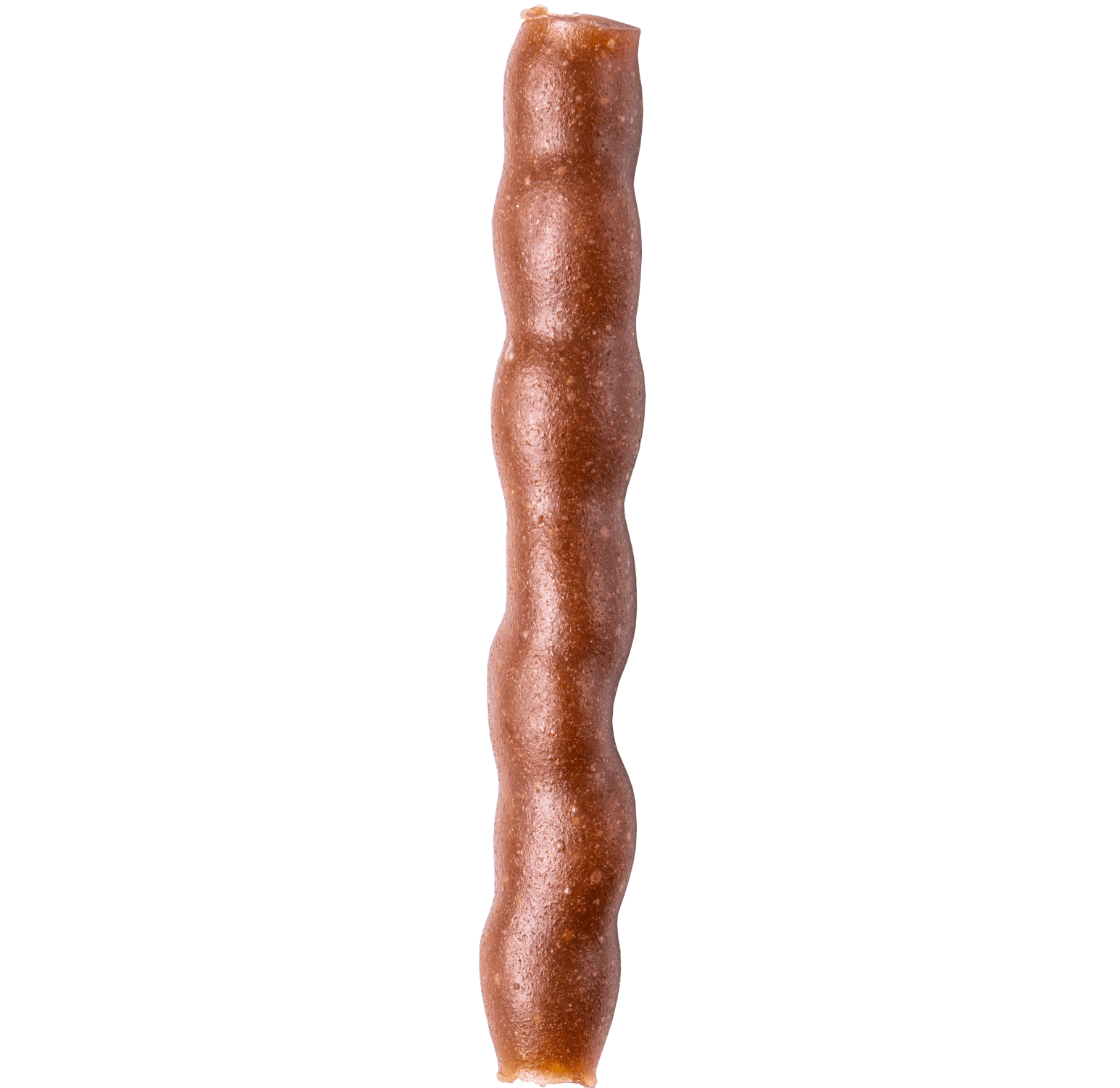
Grape Sausage
In every region where viticulture is carried out in Cyprus, it is done by crushing and squeezing the adult grapes collected in July-August. The state of the sausage before it is arranged on the ropes is called Paluze and it is consumed by loving it as a dessert in the consistency of pudding. There is a process of vintage that requires dedication and labor, from crushing, squeezing, turning grapes into paluzzi and arranging sausages.
In the old days, it was considered a valuable treat offered to guests on weddings and special occasions. Today, it is the most preferred Zivania appetizer, which is still eaten with love.
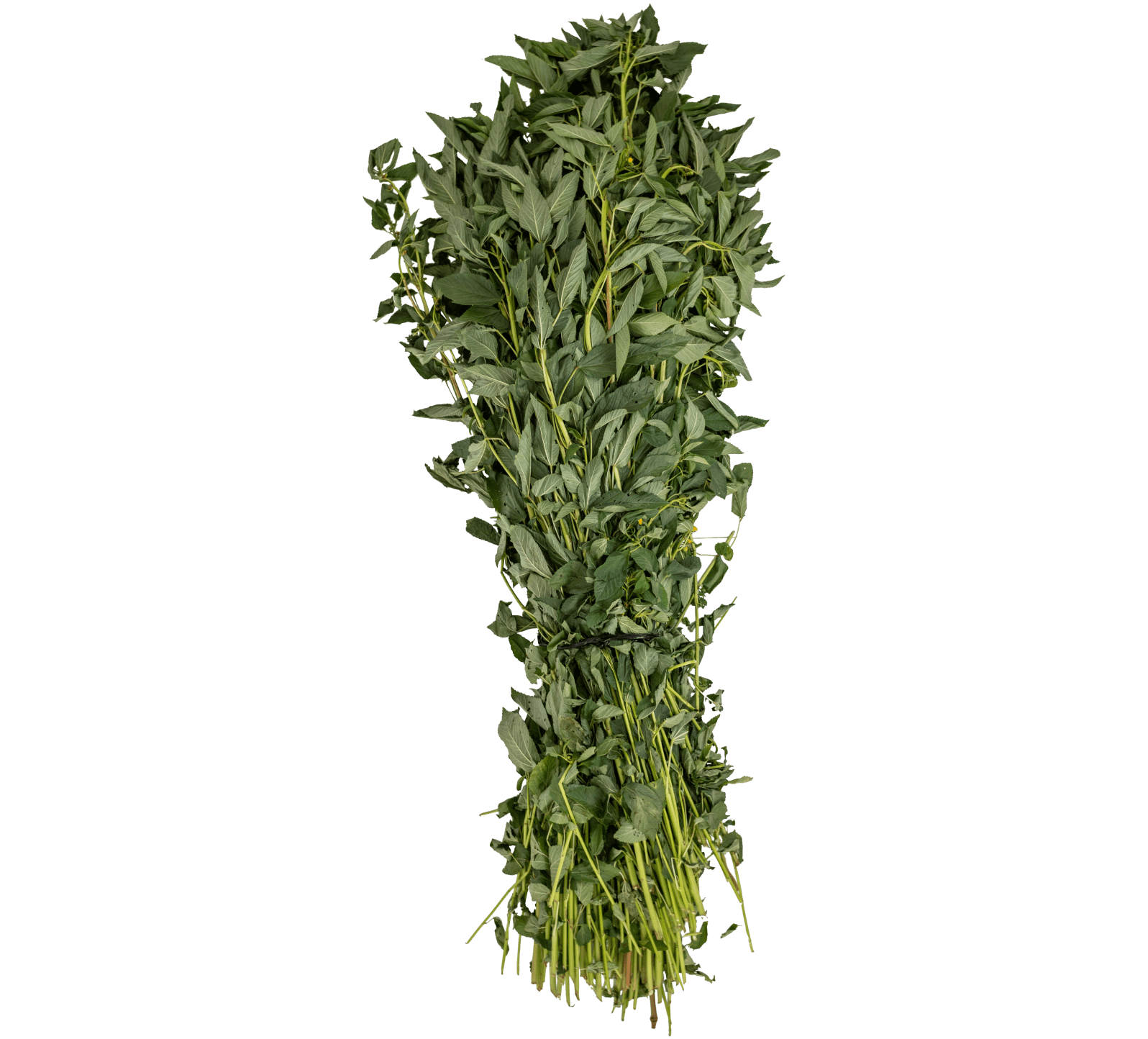
Molohiya
It is a plant that is widely grown in the regions where the Mediterranean climate is experienced and is estimated to have come to Cyprus from Syria. The East, Middle East and North Africa also have an important place in culinary culture.
Since it takes time to sort, it has become a social activity where spouses, friends and relatives gather and chat over time. The leaves, which are freshly extracted from the branch, are dried in a room of the house during the summer and then made ready for cooking.
Dried leaves are widely consumed throughout Cyprus, but in some regions, the fresh is also loved and consumed. Which of the meat and chicken options is the best is a matter of debate in some regions.
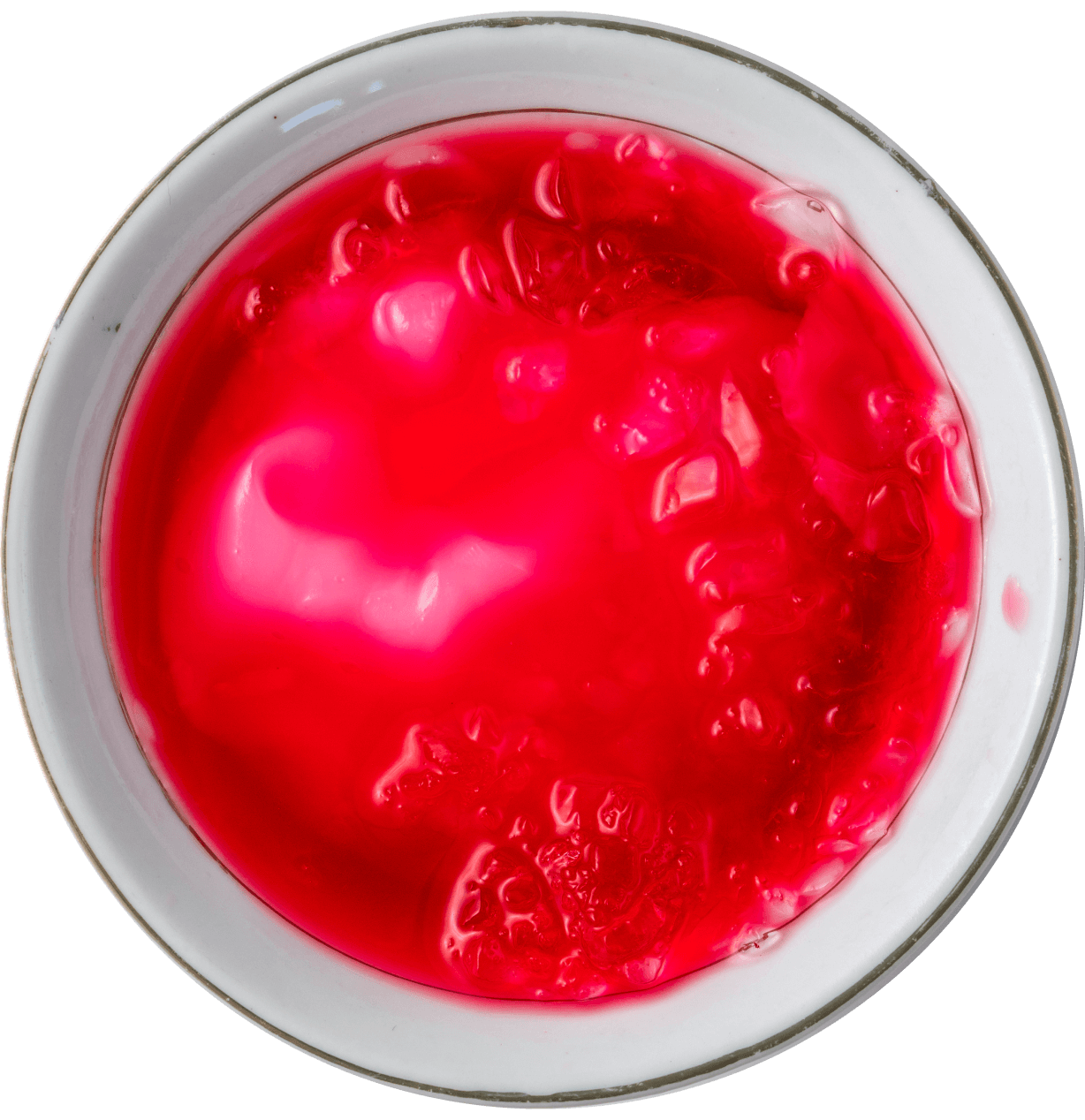
Milk Pudding with Rose Water
In the old days, we used to have milk pudding sellers who traveled the streets with a peddler's pushcart. Served soaked with rose water and ice, Juicy Milk Pudding is a refreshing dessert that come down to us, preferred by both children and adults.
In the Cyprus coffeehouse culture, juicy milk puddinge, which is a dessert eaten to cool off in the summer months, is still a delicacy eaten while chatting in coffeehouses in some villages today.
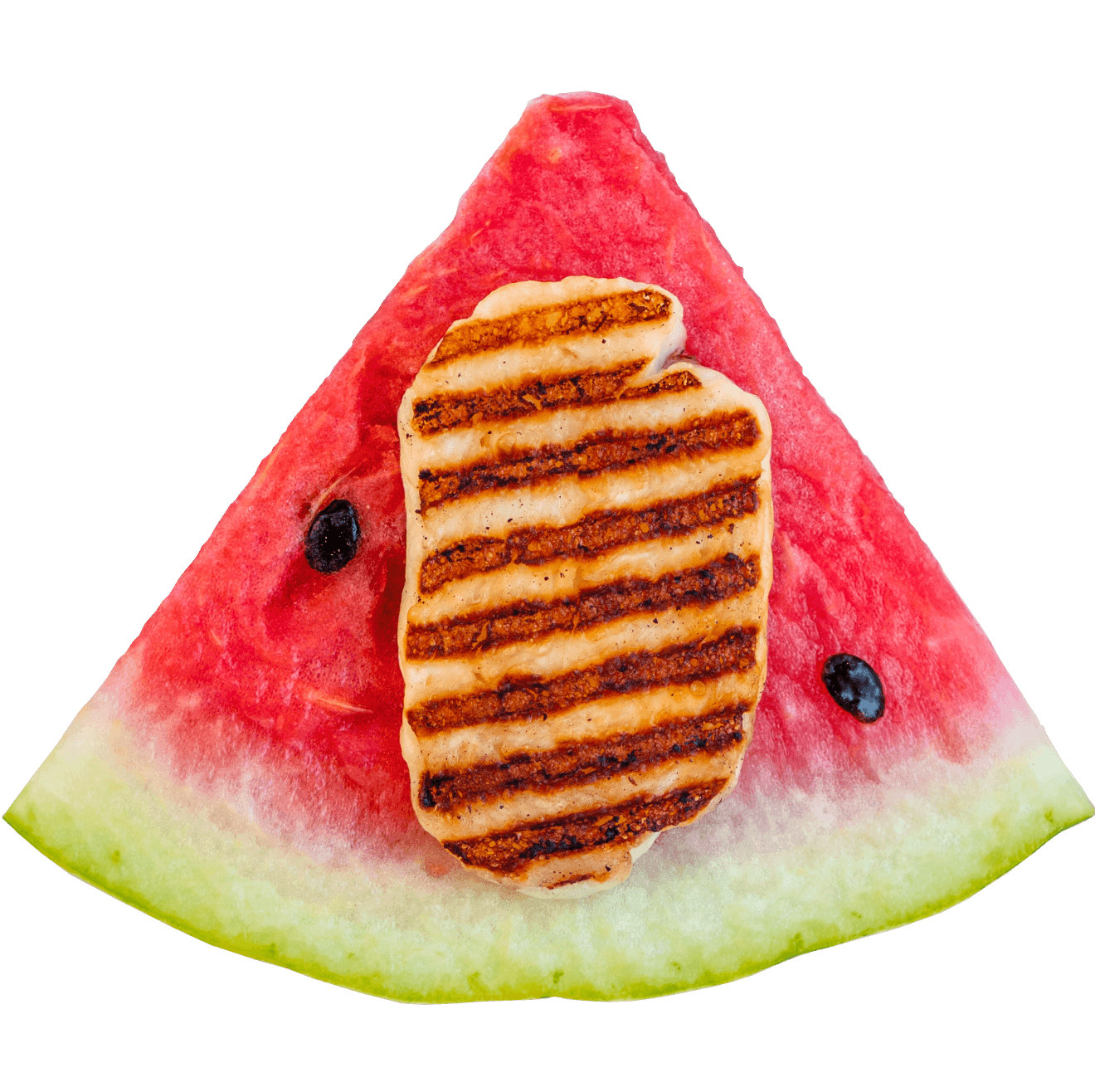
Watermelon & Halloumi
In the summer evenings of Cyprus, while sitting on the chairs we throw in front of the door and resting in the breeze, it is a meal that is both light and refreshing. Sometimes it is also eaten as a main meal at lunch or in the evening.
It is hard to imagine halloumi, a "salty" dairy product that we have been producing locally for centuries, with the "sweet" watermelon, but once you have tasted it, it is impossible to give it up.
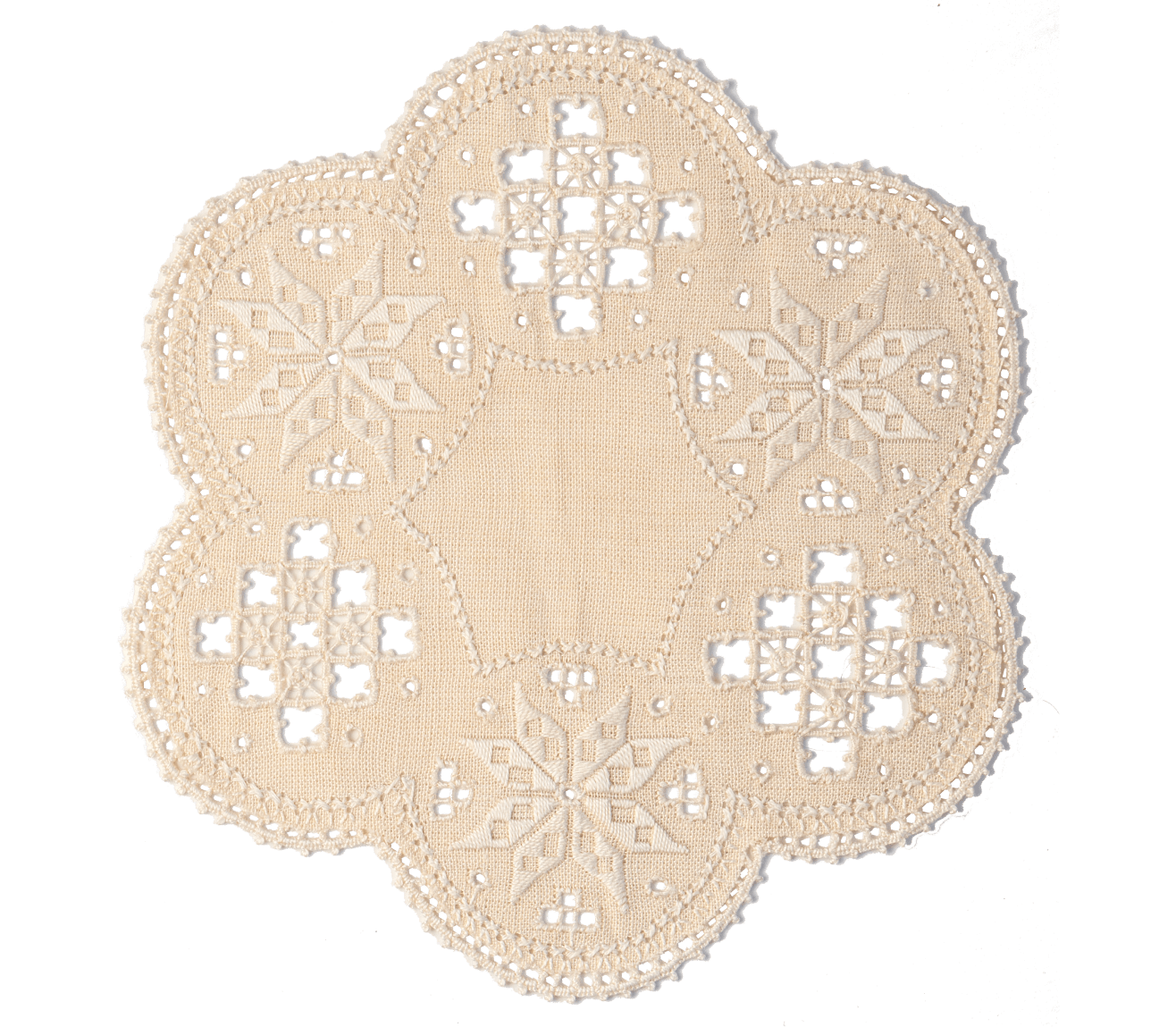
Lefkara Embroidery
Named after the village of Lefkara, it is an embroidery art that we have carried from the 14th century to these days and is classified as cultural heritage by UNESCO. When young girls would become brides, they would definitely learn Lefkara work and embroider a piece for their dowry. Thus, it is a dainty and unique type of embroidery that has handed down from "mother to daughter" to the present day.
The most important detail of Lefkara embroidery is that it is embroidered on the linen and pillow used and the ring used so that the needle does not damage the embroidering finger. Lefkara Embroidery, which contains many motifs, is often used by local people and women to characterize how laborious a handicraft it is, often using the phrase "Those who attempt to do the impossible".
Some sources claim that Leonardo Da Vinci had a special Lefkara Embroidery made during his visit to Cyprus in the 15th century. Today, it can also be seen in the Duomo Cathedral in Milan.
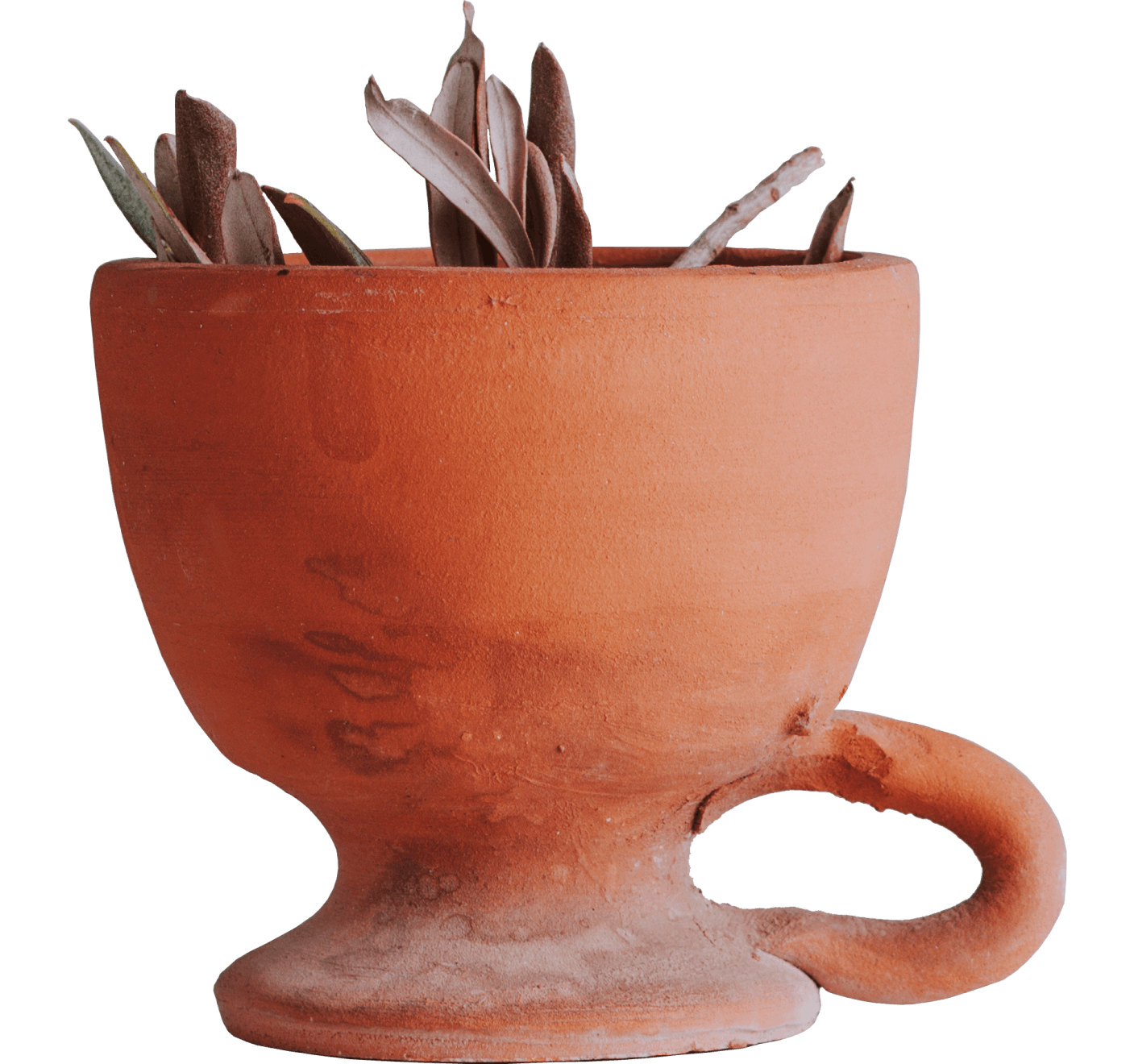
Censer
For centuries we have been fumigating with olive leaves against the jaundiced eye, whammy, jealousy and negative energies. In Cyprus, the object that represents this superstition is the censer. It is colloquially called "bohurdanlık".
Censers made of terracotta with dried olive branches burning in them are passed around the house and turned over each person's head. Especially when the whole family gathers together, the eldest member of the family takes on this task and fumigates the whole family with a censer.
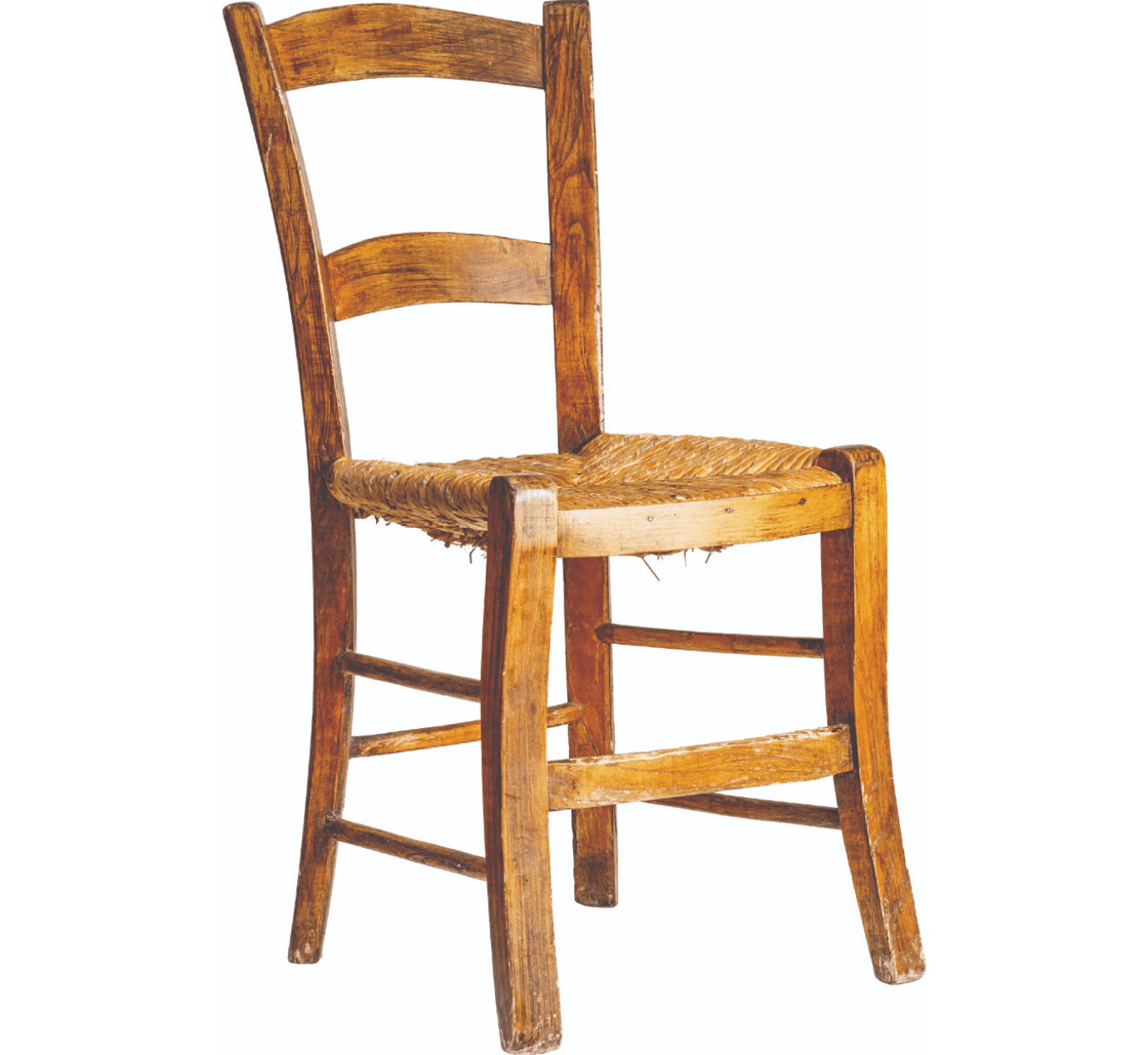
Iskemle (Tabouret)
Derived from the Greek word 'skamni, 'iskemle' means 'unbacked chair' and is a piece of furniture that enters our lives and never leaves, whose value is exalted with hand work.
It is a type of tabouret that is unique to Cyprus, obtained by drying and braiding the bulrushes collected on the side of streams in the sun. The frame was previously made of cedar tree, which also grew throughout the island. The reason why this tree was preferred was that it was more durable. Today, however, this tree can be imported to make tabouret frames.
The first information about the wicker tabouret on the island is mentioned in Amin Maalouf's book "The Rock of Tanios" in which he describes the coffeehouses of Cyprus. Therefore, it is dated to 1839.
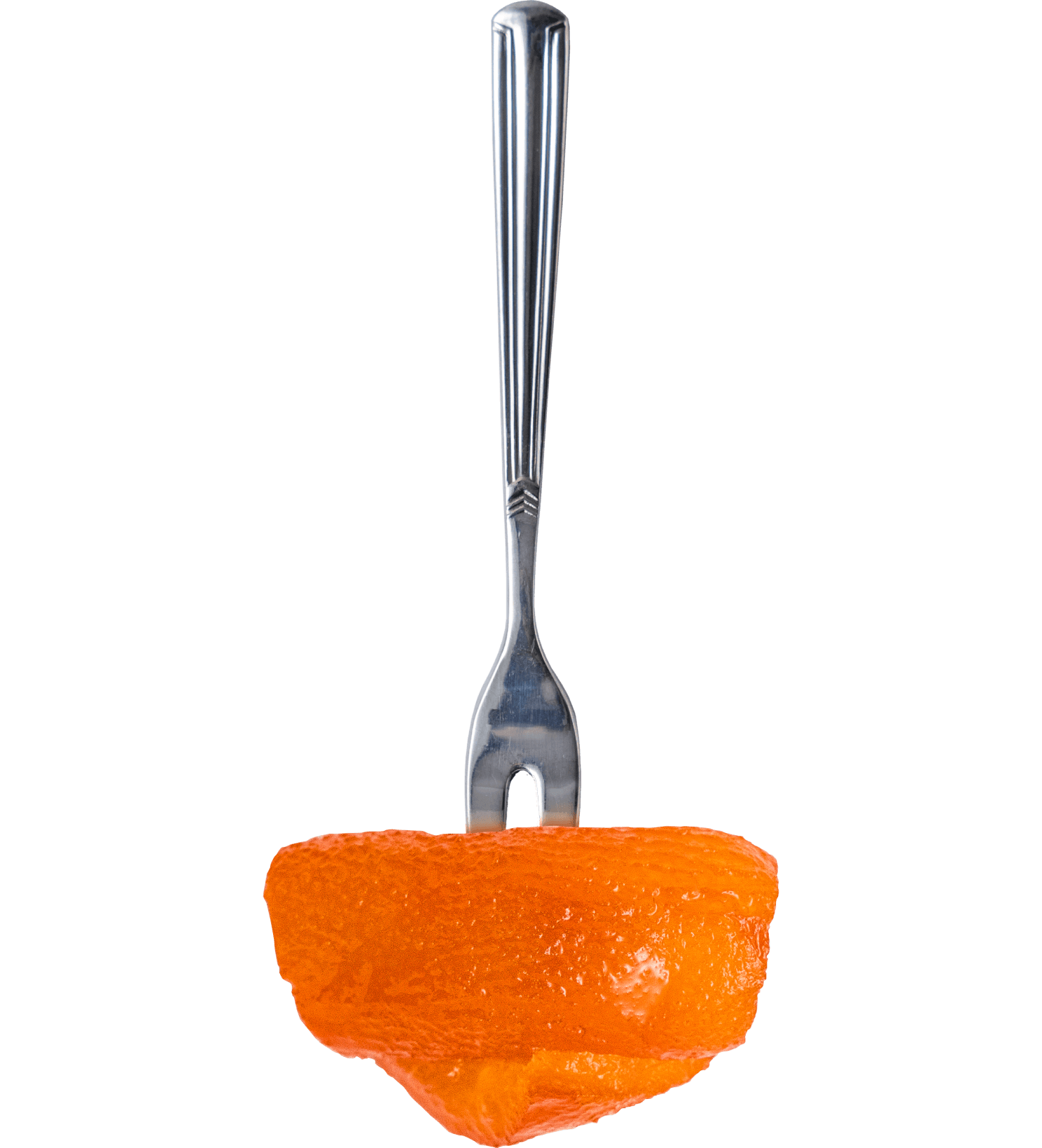
Petitgrain Paste
It is a fruit with a bitter taste that is frequently seen on the Mediterranean coast and is mistaken for "orange" by those who do not know it. Petitgrain is the main crop of citrus derivatives. Since it has green leaves throughout the year, it is also used as a landscape detail in Mediterranean cities.
In Cyprus, where paste culture is widespread, its bitter taste led the locals to consume it as petitgrain paste. All types of paste, the making of which is a work of patience, have an important place in the ritual of guest experience in the life of the Cyprus. This habit, which still continues from the past to the present, also carries a value of social sharing and solidarity through the process of picking and sorting the fruit in season and preparing the paste.
It is specially served with a two-pronged fork and a glass of water, which is why today's dowries always include a two-pronged paste fork.
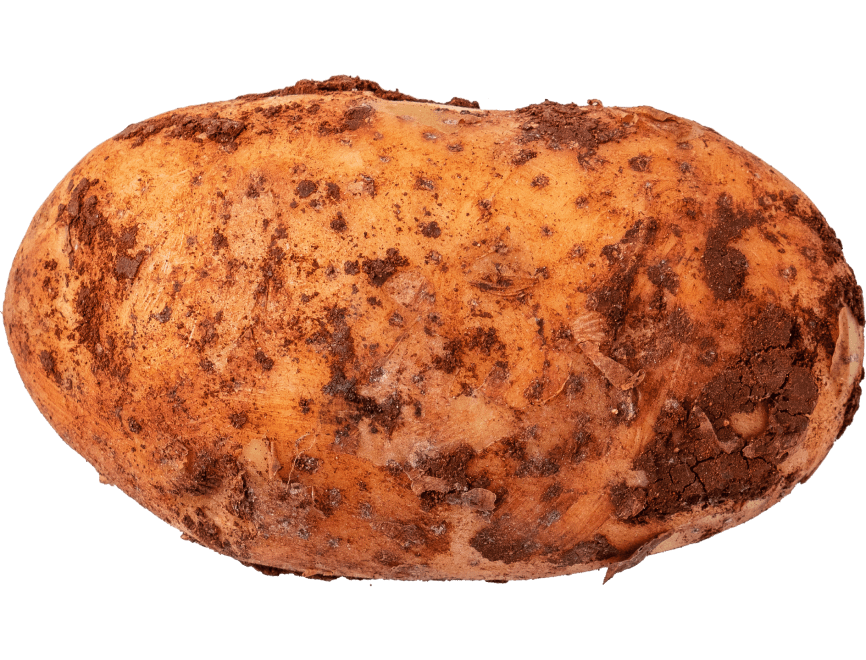
Cyprus Potato
Growing Cyprus Potato is one of the most valuable gifts due to the fertile land and climate conditions and pure nature of Cyprus, an island in the Mediterranean. It stands out with its taste and quality in all countries where it can be exported from Northern and Southern Cyprus.
It is especially famous for frying. Since it grows in a muddy environment in red soils, the water content is higher. Therefore, when fried, it cooks with a crispy outside and a more moist texture inside. It owes its taste to the Mediterranean sun that shows itself in every season.
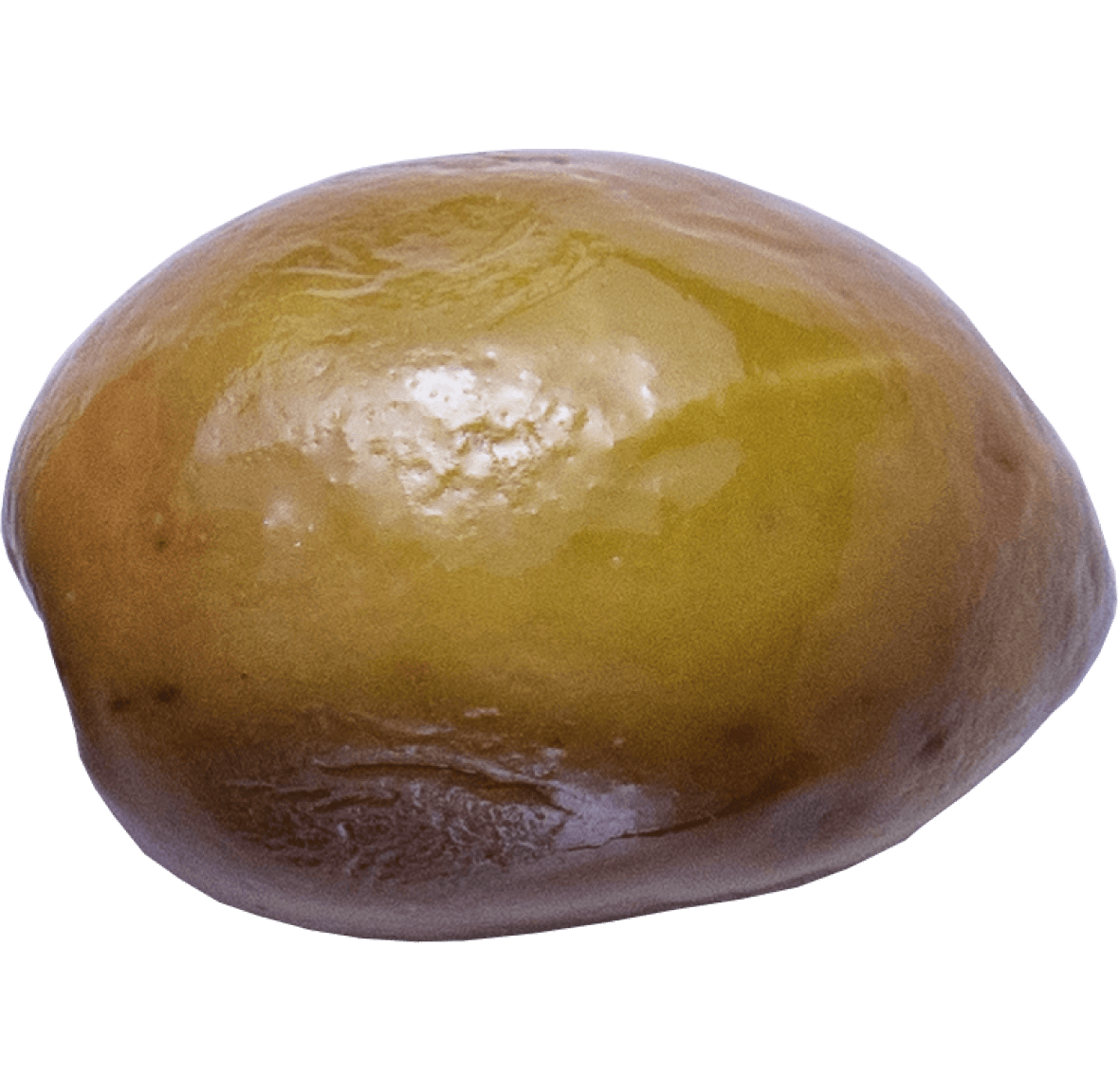
Çakıstes
It is a type of native olive made by breaking and salting ripe but not yet blackened green olives. It is the most difficult olive variety to harvest, sort, crack, salt and prepare in jars.
Since it is bitter when first picked, it is kept in salty water for 5-7 days and then served on the table. It is consumed by saucerizing it with olive oil, lemon, garlic and coriander seeds.
Throughout Cyprus, it is preferred to be preferred with breakfast or as an appetizer, especially with hot village buns and halloumi.
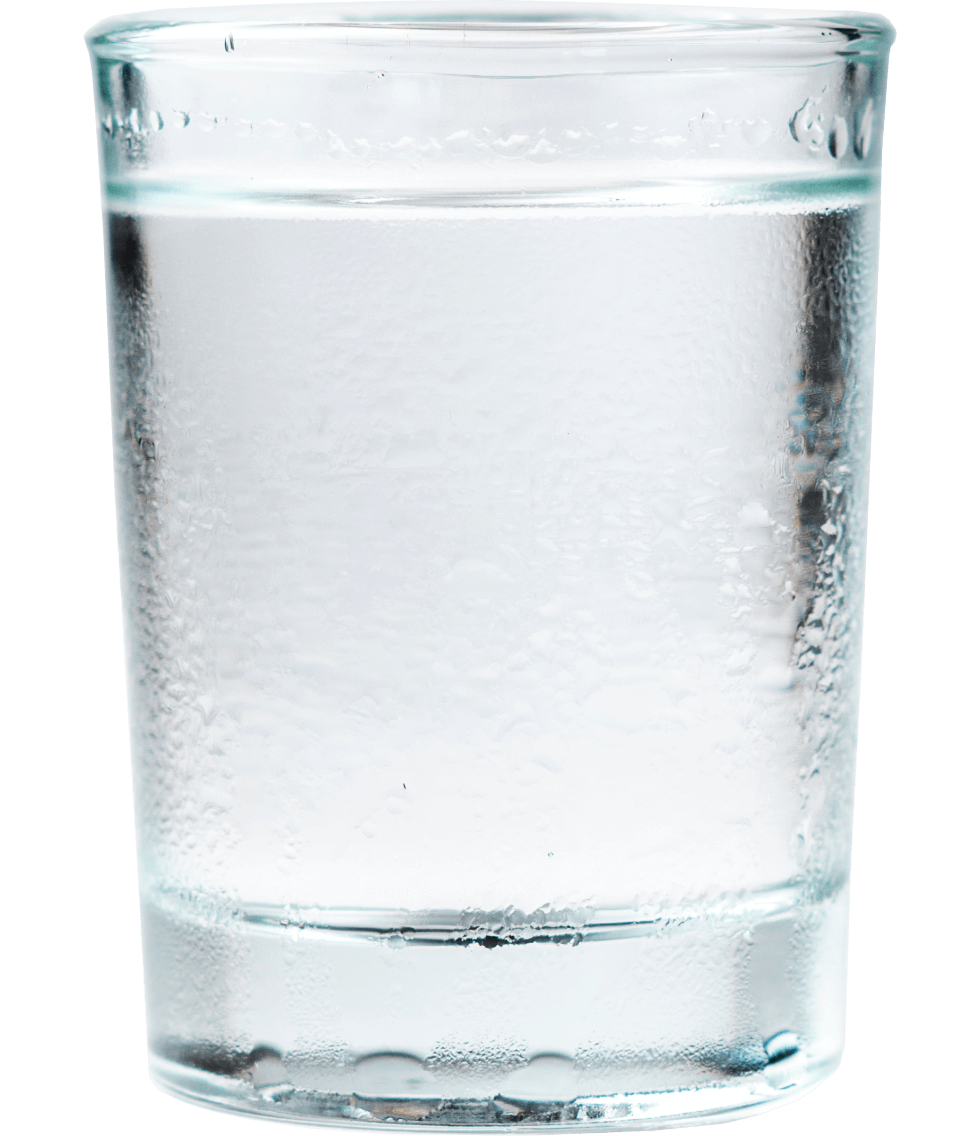
Zivania
Zivania, known as the traditional alcoholic drink of the Cyprus, takes its name from the Greek word 'zivana'. Zivania, which means fruit paste, is obtained by squeezing and distilling regional grapes.
Produced in villages since the 15th century, it is known that ancient people used to drink zivania as a cure for colds and rub their bodies from time to time against the cold. Since it has an average alcohol content of 45%, it is consumed in small glasses known as 'bodiri', preferably as shots.
Especially for the locals of Cyprus, who enjoy chatting, eating and drinking, zivania represents love, indulgence and sharing between people in the culinary culture.
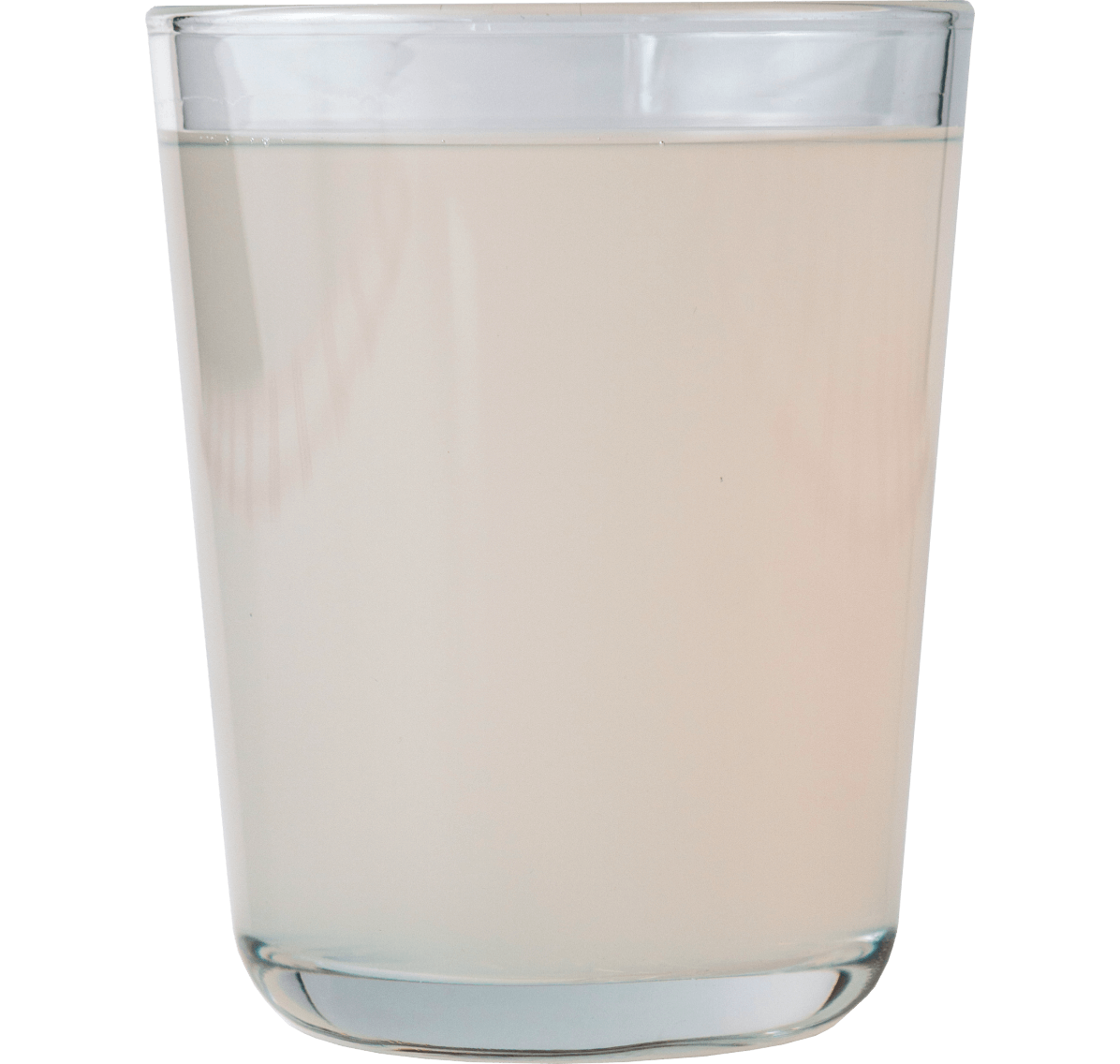
Sumada
Sumada, a concentrated drink made with almonds, sugar and water, is produced on many islands in the Mediterranean and is consumed both cold and hot.
In old Cyprus coffeehouses, rosewater, lemonade and sumada were always available. While some preferred to dilute the sharp taste of bitter almonds with ice and water, others preferred to enjoy bitter almonds in their most natural form by consuming concentrate.
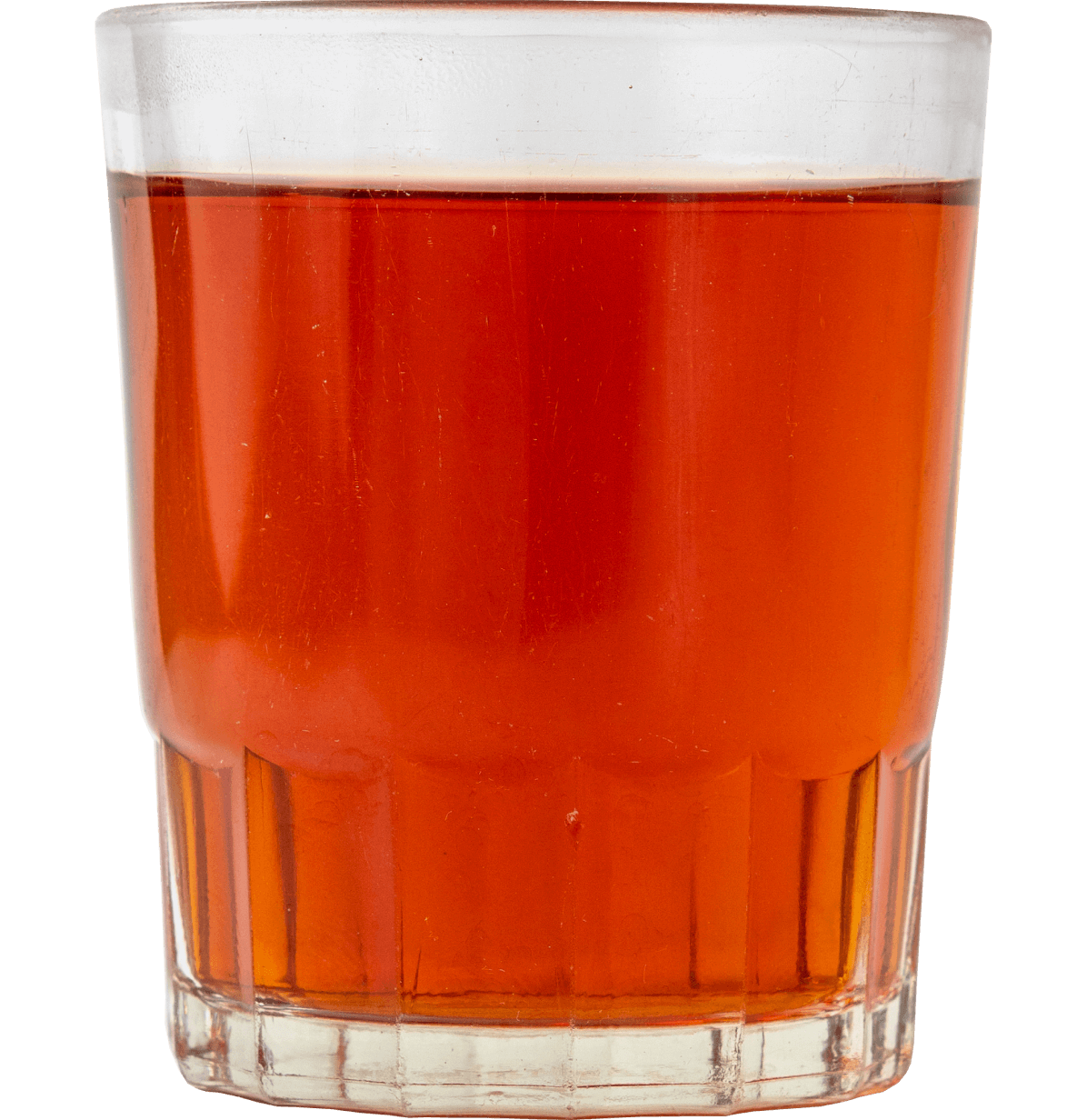
Spiced Tea
In the history and culture of Cyprus, there is no habit of drinking tea, instead coffee is consumed in abundance. Tea, which came to Cyprus during the British colonial period, was replaced by coffee over time. Spiced tea, which can be easily made in homes and coffeehouses during the winter period, makes you miss spring with its scent and evokes Cyprus. Since it was served in 'gadef', which is a type of glass, in village coffeehouses in the old days, it has become iconic with its transparent water glass.
This tea, made by brewing cinnamon, cloves and black tea in a mixture, takes its name from cinnamon. Some old people of Cyprus will warn you when you call this tea "cinnamon tea" and not "spiced tea". Because in the Cypriot bat it is called "spring tea".
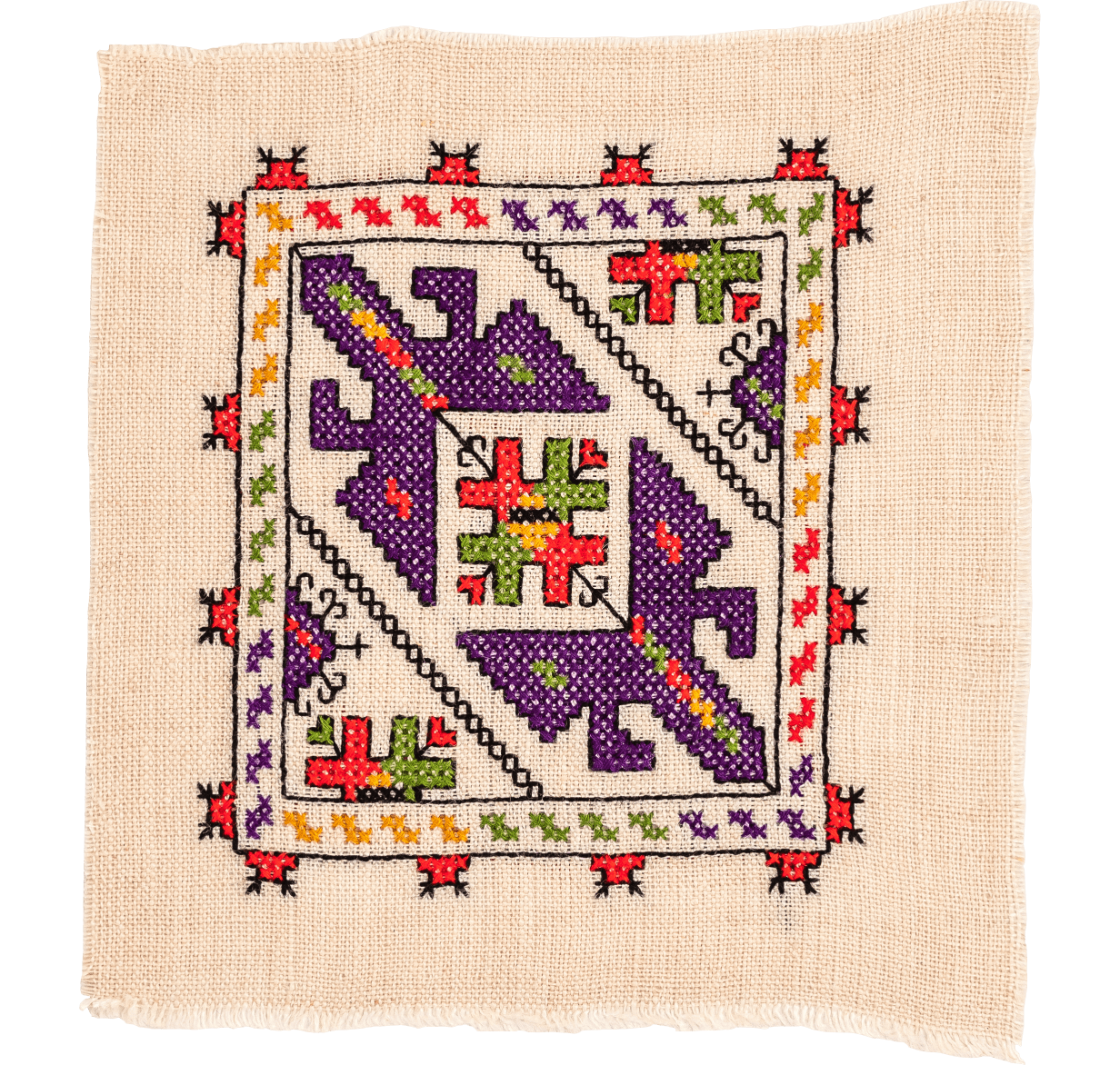
Lapta Embroidery
It is one of our local handicrafts that has been a source of economic income for our women who have been producing from past to present. Although not as popular as Lefkara embroidery, it is just as laborious and elaborate.
It has a more decorative look with the use of coloured yarn and various patterns.
Unlike Lefkara Embroidery, Lapta Embroidery is processed in a hoop and there is no need to use a special linen. It can be embroidered using different types of fabric.
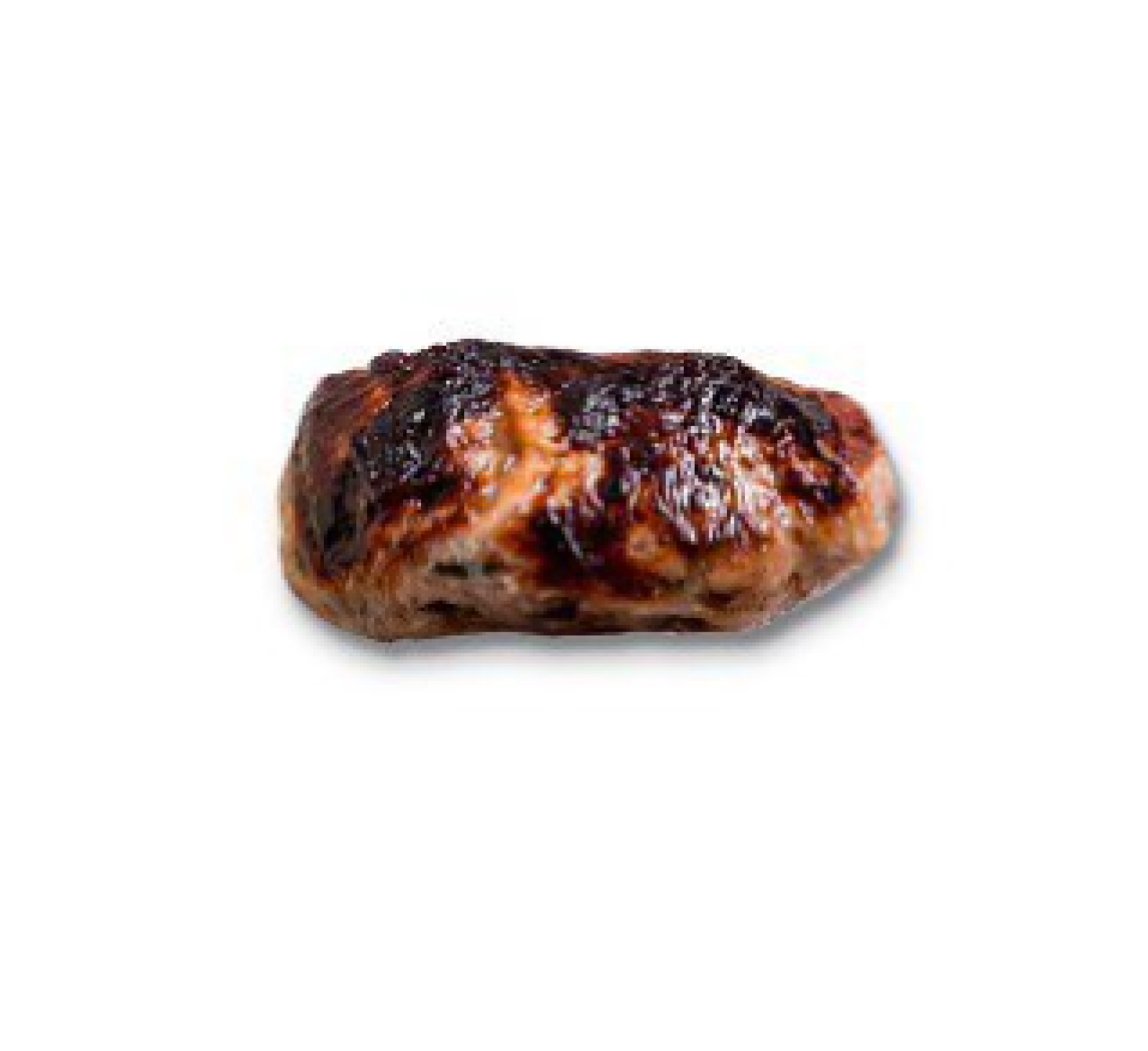
Şeftali Kebabı
The σιεφταλιά (Şeftalya) in Greek, known as Şeftali in Turkish, is a type of sausage patty characteristically wrapped in caul fat. It is also known as the traditional kebab of Cypriot cuisine.
Şeftali Kebabı is so much loved and embraced by all cultures on the island that there is no certainty about the origin of the name "şeftali", which has always been a matter of discussion. In some foreign sources, it is written that the word 'şeftali' comes from the Persian root 'şaft ālū' meaning plump soft fruit, and that this sausage patty got this name because it evokes that soft fruit.
In Turkish sources, it is written that Şef (Chef) Ali found this kebab with his own recipe and that is where the name came from. However, looking at the older history of Cyprus, it can be assumed that this sausage patty was present in the island's cuisine as far back as the time of ancient communities and was consumed using both pork and lamb.
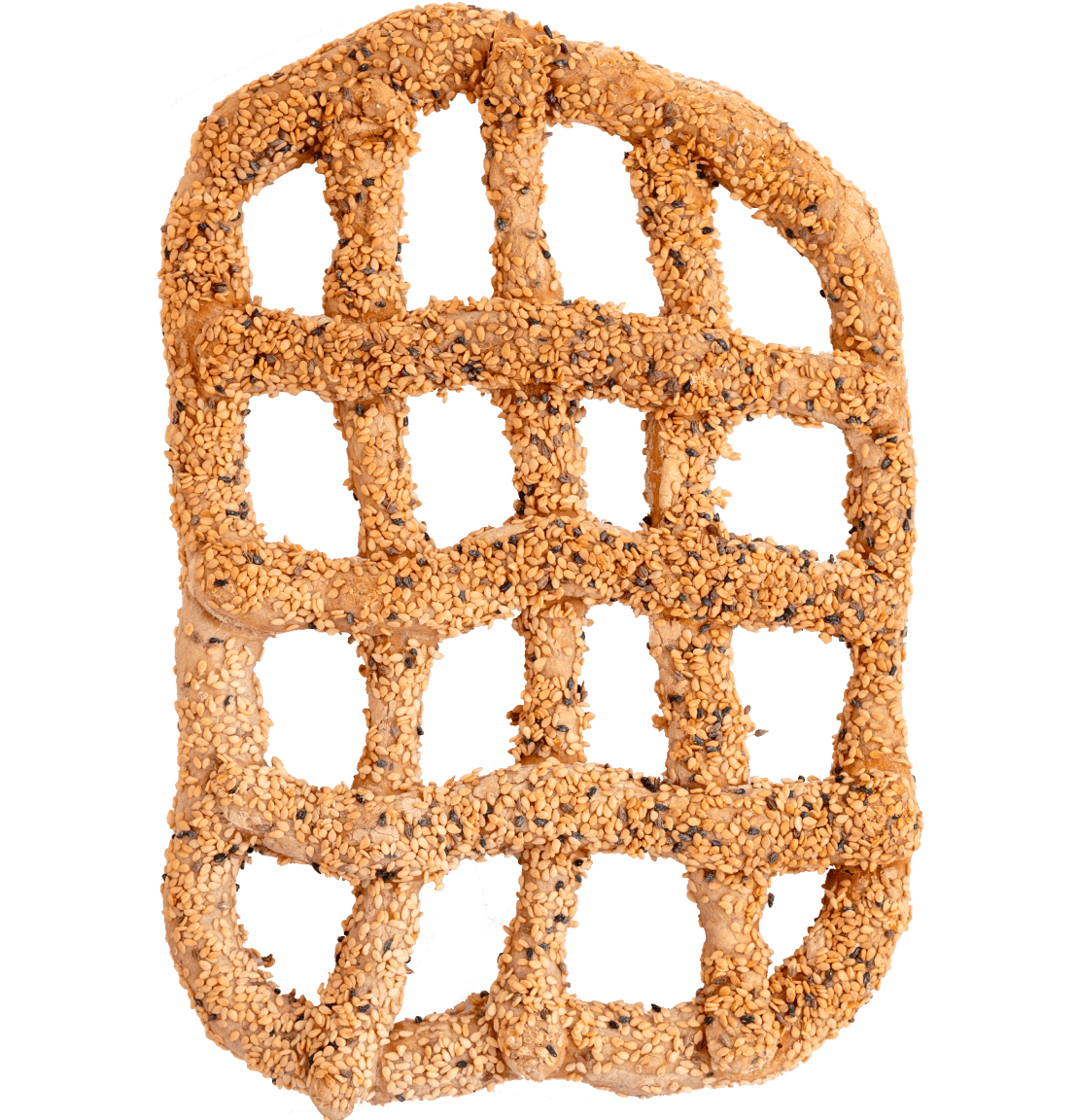
Cage Rusk
Rusk is known to be made to be consumed in times of war and scarcity because it lasts for a long time without getting stale.
It is a dough product widely consumed by children and adults as a snack in the cities and villages of Cyprus. The most widely consumed type of rusk on the island is cage, which used to be produced in two varieties, both salty and sweet, during the feasts and New Year's.
The sesame seeds were blanched the night before and the dough was prepared and kneaded simultaneously. They were left to rest until the morning to ferment. And on the morning of the feast, the stone ovens would be fired up, and the children would first be served the delicious cage rusks.
Like what you see?
If you would like to get more information about Kıbrıs Developments,
please complete the enquiry from below.
